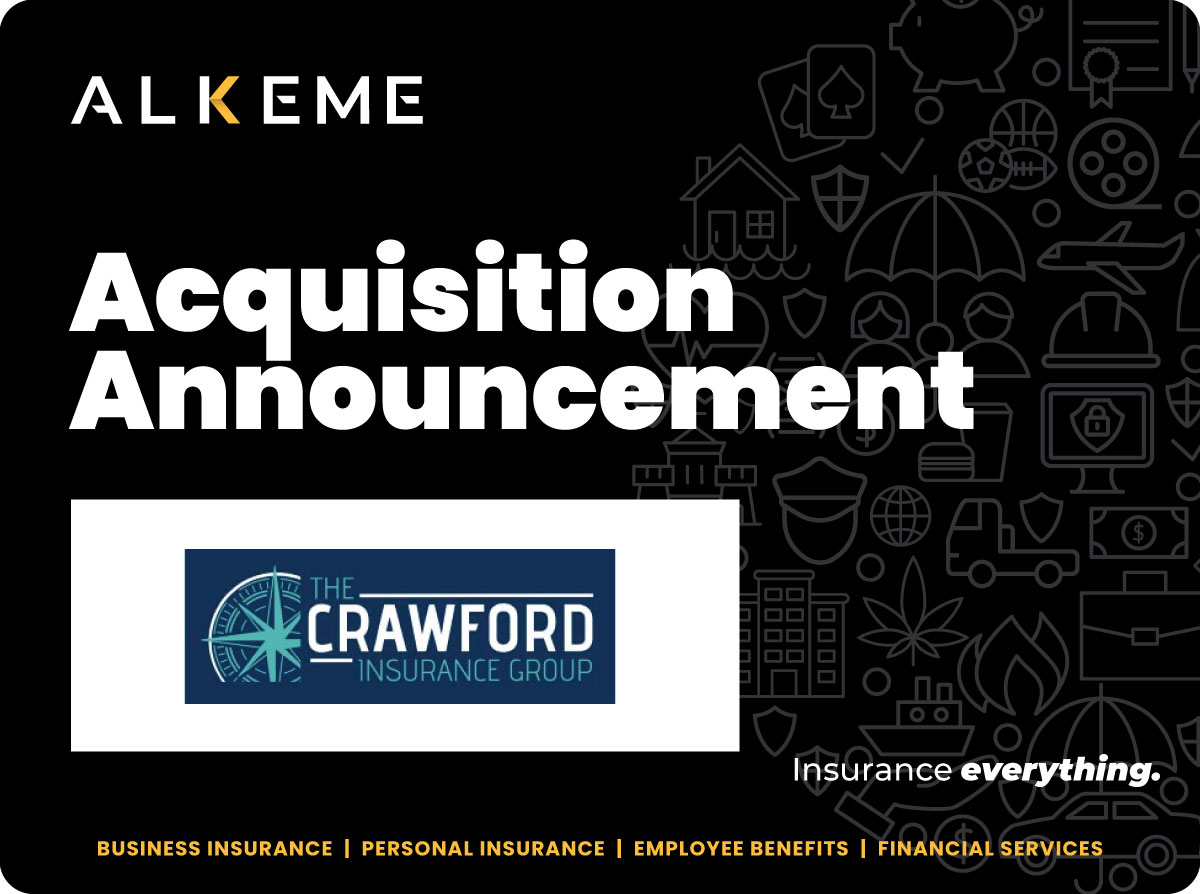Insurance serves as a crucial aspect of financial planning, acting as a safety net for unforeseen circumstances. Within this realm, property and casualty insurance (P&C) plays a pivotal role. As we embark on this exploration, it’s essential to underscore the importance of insurance in safeguarding individuals and businesses from unexpected events. Property and casualty insurance, in particular, offers a comprehensive shield against a wide array of risks, making it a cornerstone of risk management.
What is Property & Casualty Insurance?
At its core, property and casualty insurance provides financial protection against damage to property and liability for bodily injury or damage caused to others. Property insurance primarily covers damage or loss to physical property from specific perils or events that can cause damage, such as fire, theft, vandalism, natural disasters, and other covered incidents. Casualty insurance is more focused on liability protection.
How Does P&C Work?
Understanding the operational aspects of property and casualty insurance is crucial for anyone navigating the complexities of coverage. The underwriting process, where insurers assess risks associated with a potential policyholder, involves a meticulous evaluation of factors like location, industry type, and previous claims history. This process directly influences the determination of premiums, deductibles, and coverage limits. Exploring the underwriting process provides insight into how insurance companies gauge risk and set financial parameters for policyholders. Insurance companies have specific underwriting guidelines that outline acceptable risk parameters. Underwriters use these guidelines to ensure consistency and fairness in the evaluation process. Guidelines may vary between insurance companies and may be influenced by regulatory requirements. Based on the risk assessment, underwriters determine the appropriate premium rates for the coverage. The underwriting process is crucial for insurers to manage risk effectively, maintain financial stability, and ensure that policyholders receive appropriate coverage. It is a dynamic and evolving process, incorporating advancements in technology and data analytics to enhance accuracy in risk assessment.
What Does Property & Casualty Insurance Cover?
Business owners often grapple with understanding the nuances of property and casualty insurance. For instance, property insurance typically covers physical assets like buildings and equipment, while casualty insurance addresses liability concerns, such as legal expenses arising from accidents on the business premises. To illustrate, there is a fire in a retail store covered by a P&C policy. Property insurance primarily covers damage to the physical structure of the retail store and its contents. This includes the building, inventory, equipment, fixtures, and other tangible assets. Casualty insurance provides coverage if the fire in the retail store causes harm to customers, vendors, etc. or their property. It can also help cover legal costs if the business is held liable for injuries or damages resulting from the fire. Business owners must carefully consider these distinctions when obtaining coverage to ensure a holistic risk management approach tailored to their specific needs.
Some of the most common P&C policies are:
- Homeowners Insurance
- Renters Insurance
- Commercial Property Insurance
- Auto Insurance
- General Liability Insurance
- Workers’ Compensation
- Business Owners Policy (BOP)
- Professional Liability Insurance (Errors and Omissions):
- Umbrella Insurance
- Directors and Officers Insurance (D&O)
- Commercial Auto Insurance
- Inland Marine Insurance
- Cyber Liability Insurance
- Product Liability Insurance
- Environmental Liability Insurance
It’s important to note that this list is not exhaustive, and there are various specialized property and casualty insurance policies designed to address specific risks in different industries or situations. The specific needs of individuals and businesses will determine which combination of these policies is most appropriate for their circumstances.
So the big question is, how do I determine my business’ needs to make sure it has the right policies for its circumstances?
Determining the Right Coverage
Determining the right insurance coverage for a business involves a careful assessment of various factors and risks. Here’s a step-by-step guide to help business owners identify their insurance needs and select the right policies:
- Conduct a Risk Assessment:
- Identify the potential risks and liabilities associated with your business. Consider factors such as the industry, location, size, and nature of operations.
- Understand Legal Requirements:
- Be aware of any legal requirements for insurance in your industry and location. Certain types of insurance, like workers’ compensation or auto insurance, may be mandatory.
- Evaluate Property Risks:
- Assess the risks to your physical assets, including buildings, inventory, and equipment. Consider the potential impact of events such as fire, theft, natural disasters, and other perils.
- Consider Liability Exposure:
- Identify potential liability risks your business may face. This could include bodily injury, property damage, product liability, professional negligence, or other liabilities specific to your industry.
- Assess Business Interruption Risks:
- Evaluate the potential impact of business interruptions due to events like natural disasters, fire, or other incidents. Consider the financial consequences of downtime.
- Review Employee Risks:
- Assess the risks associated with employees, including the potential for workplace injuries or illnesses. Workers’ compensation insurance is often required, and additional coverage may be necessary depending on the nature of the work.
- Examine Cybersecurity Risks:
- In the digital age, businesses are exposed to cybersecurity risks. Consider the need for cyber insurance to protect against data breaches, hacking, and other cyber threats.
- Analyze Industry-Specific Risks:
- Some industries have specific risks that require specialized insurance coverage. For example, professionals may need errors and omissions (E&O) insurance, while manufacturers may require product liability coverage.
- Evaluate Business Vehicles:
- If your business uses vehicles, assess the risks associated with them. Commercial auto insurance may be necessary to cover both property damage and liability.
- Consult with an Insurance Professional:
- Seek advice from an experienced insurance broker or agent. They can help you understand the specific risks your business faces and recommend appropriate coverage. Make sure to communicate openly about your business operations and any unique aspects that may impact insurance needs.
- Review and Update Regularly:
- Business needs evolve over time. Regularly review your insurance coverage and update it to reflect changes in your business, such as expansion, changes in operations, or new risks.
By following these steps and working closely with insurance professionals, business owners can tailor their insurance coverage to meet the specific needs and risks of their operations. It’s crucial to invest time in this process to ensure comprehensive protection for the business. It’s important to carefully review the terms and conditions of any insurance policy to understand the specific exclusions. Policyholders can work with their insurance agents or brokers to clarify any uncertainties and explore options for additional coverage where needed.
Conclusion
In the contemporary business landscape, property and casualty insurance (P&C) stands as an essential for any business owner. Delving into the nuances of P&C, this thorough exploration highlights the indispensable role this coverage plays in shielding both individuals and businesses from unexpected events. Nevertheless, in a world that constantly evolves, it becomes imperative for you and your business to adapt accordingly. Success requires ongoing exploration, emphasizing the proactive stance essential for businesses to establish and maintain comprehensive and adaptable insurance strategies within the ever-changing dynamics of the modern landscape.




